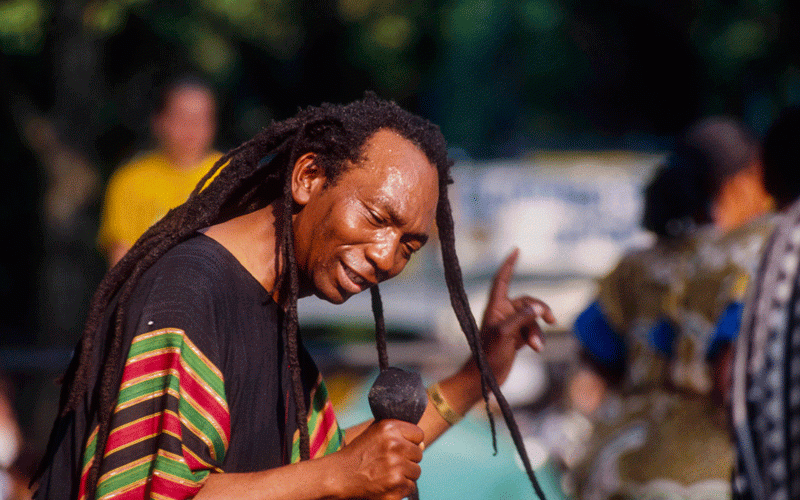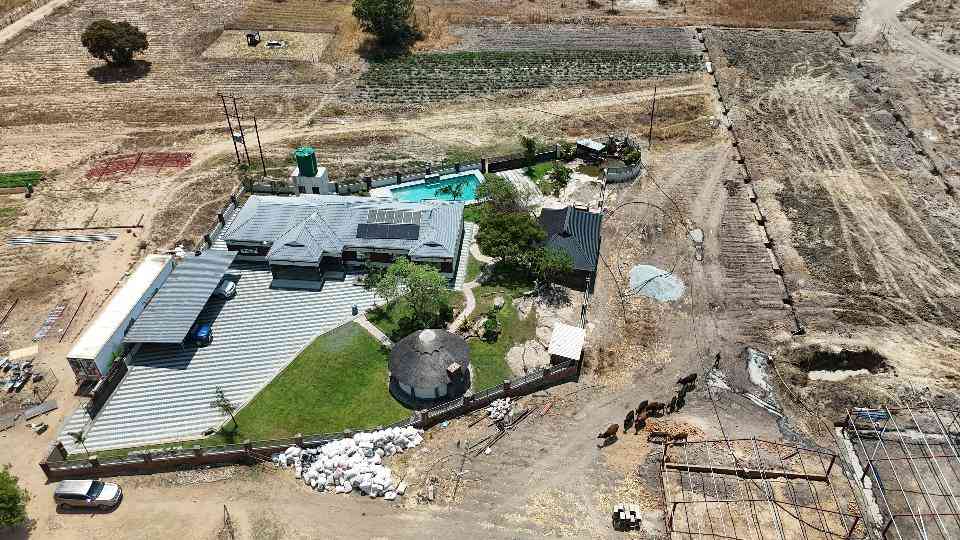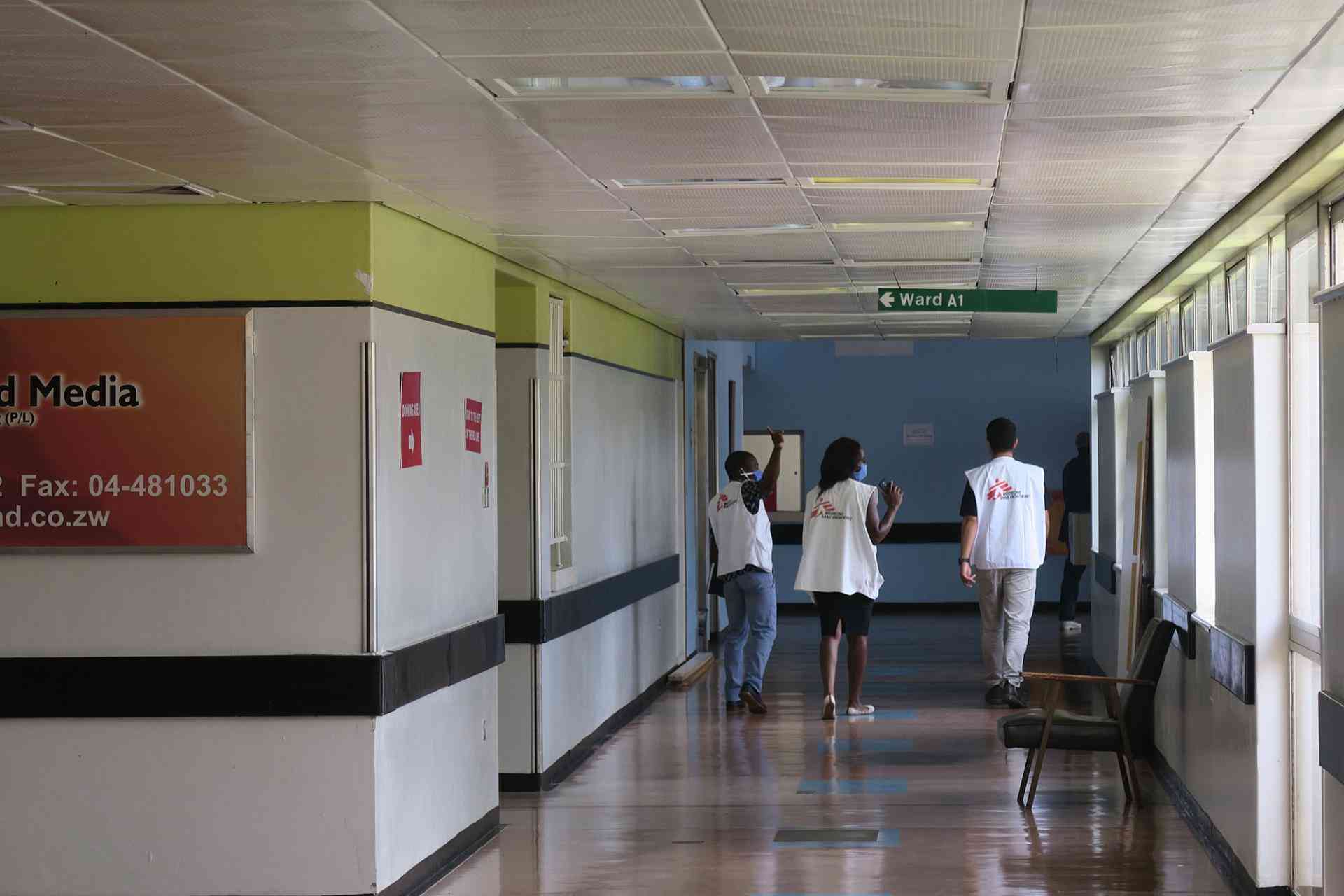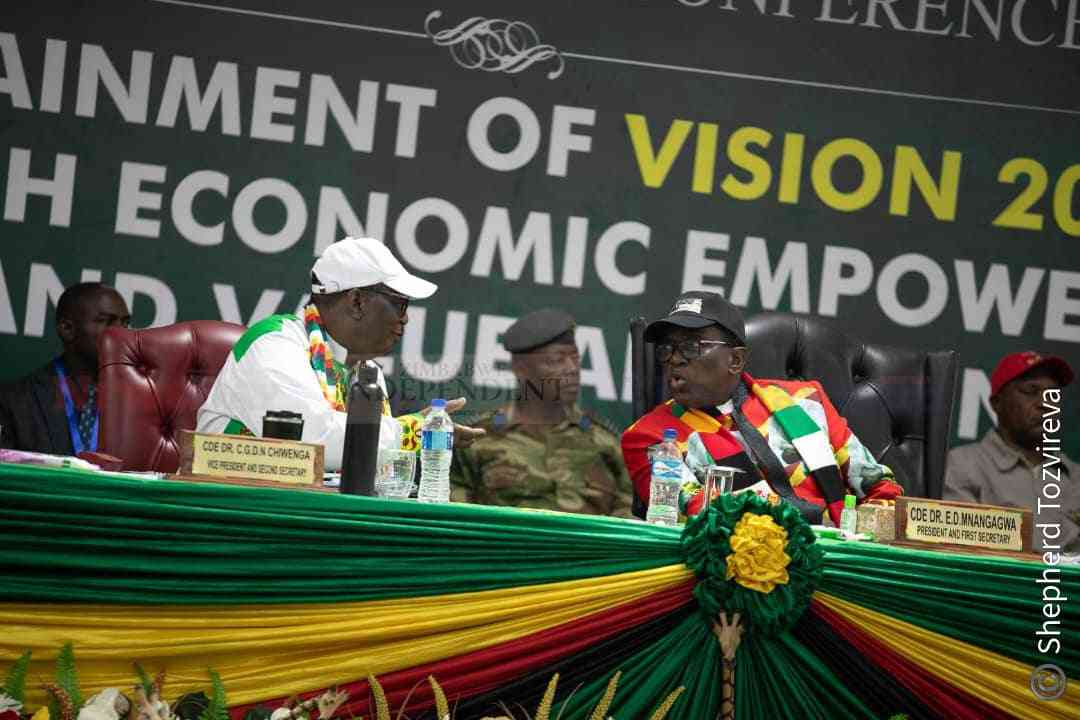
In the rich and dynamic world of Zimbabwean art, creativity transcends its traditional role, emerging as a powerful force for social and political commentary.
Throughout the nation’s complex history, artists have employed their craft to challenge injustices and voice the aspirations of a people yearning for change.
However, this daring use of art often puts them at odds with formidable forces determined to suppress their voices.
Amidst this ongoing struggle, Zimbabwean artists persist in their mission, turning every creative expression into a beacon of resistance.
Zimbabwe’s history of artistic repression is deeply intertwined with its broader socio-political struggles, and this connection is particularly evident in the context of national observances like Heroes Day.
Historically, Zimbabwe has experienced various forms of artistic suppression, from the colonial era to the present day, as artists used their craft as a tool of resistance against oppressive regimes.
During the colonial period, Zimbabwean artists played a crucial role in opposing imperial rule through their work.
Art became a means of expressing dissent and fostering a collective identity among the oppressed.
- Bryn Mteki back on the music scene
- Pakistan likely to dissolve CPEC Authority
- Bryn Mteki back on the music scene
- Religion: Overcoming doubt and unbelief
Keep Reading
This era saw artists employing their talents to challenge colonial injustices, contributing significantly to the resistance movement that ultimately led to independence.
Post-independence, while the political landscape shifted, the suppression of artistic expression persisted.
The government, wary of criticism and the potential for dissent, often resorted to censorship and intimidation to control artistic narratives.
The new found freedom, artists continued to face restrictions, with their works scrutinised for political content that might challenge the status quo.
Heroes Day, celebrated annually in Zimbabwe to honour those who fought for the country’s liberation, reflects a complex interplay between commemoration and control.
On this day, the nation recognises the sacrifices of those who contributed to the struggle for independence. However, the celebrations also serve as a reminder of the delicate balance between honouring national heroes and the ongoing challenges of maintaining a free and open artistic space.
In this context, Heroes Day becomes a poignant backdrop for understanding the historical and ongoing repression faced by artists.
While the day is meant to celebrate freedom and resistance, it also highlights the continuing struggles for artistic freedom and the critical role that art plays in reflecting and challenging national narratives.
As Zimbabweans commemorate their heroes, the stories of artistic repression remind us of the importance of preserving and nurturing the freedom of expression that these heroes fought to achieve.
Winky D, born Wallace Chirimuko, is a well-known Zimbabwean musician celebrated for his contributions to the dancehall genre.
His music often addresses social and political issues, blending rhythmic beats with provocative lyrics. Winky D’s work has earned him significant acclaim, but it has also placed him in direct conflict with Zimbabwean authorities due to his outspoken nature.
The censorship drew significant public attention and led to a backlash from fans and human rights activists who viewed the move as an infringement on freedom of expression.
Winky D became a symbol of resistance against artistic censorship in Zimbabwe, where censorship is a significant challenge for artists, and symbolism and allegory have become essential tools for navigating political and societal restrictions.
By embedding deeper meanings and covert messages into their work, artists can subtly critique the status quo while minimising direct confrontation with authorities.
For instance, the artist Rashid Jogee uses allegory in his paintings to address themes of social injustice and political repression.
His work often incorporates symbolic elements that, while seemingly innocuous, convey powerful messages about government corruption and human rights abuses.
By utilising allegory, Jogee and others in Zimbabwean art circles can communicate dissenting views without explicit condemnation that might attract censorship or legal repercussions.
Similarly, Wangechi Mutu, though not Zimbabwean, but with influence across the continent, employs symbolism to challenge conventional narratives about gender and identity.
Her work demonstrates how artists can use symbolic language to address critical issues in environments where direct critique might be too risky.
The advent of digital platforms has revolutionised how Zimbabwean artists share their work and circumvent traditional censorship mechanisms.
Social media, blogs, and online galleries provide new spaces where artistic expressions can reach audiences without direct oversight from government censors.
Collaborative projects have proven to be an effective strategy for Zimbabwean artists facing censorship.
By working together on group exhibitions or joint creative ventures, artists can share the risks associated with political critique and build a collective voice that is harder to suppress.
International support plays a crucial role in protecting and amplifying the voices of Zimbabwean artists.
Non-governmental organisations, cultural organisations, and foreign governments can offer financial aid, platforms for exposure, and advocacy for artists at risk.
This support not only helps safeguard the artists but also ensures that their messages reach a wider audience.
In the face of current political pressures in Zimbabwe, including increased censorship and repression, artists are employing creative strategies to maintain their freedom of expression and critique the status quo.
Through the use of symbolism and allegory, leveraging digital platforms, and engaging in collaborative projects, Zimbabwean artists are finding innovative ways to navigate the challenging political landscape.
These strategies not only enable them to continue their artistic practices but also contribute to a broader discourse on social and political issues within the country.
- Raymond Millagre Langa is musician, poet, orator, independent researcher and founder of Indebo edutainment Trust. You can follow on Facebook @Millagre Ray Langa, on X you can follow on #Millagre Langa, email. millagrepapito@gmail.com or indebotrust@gmail.com










